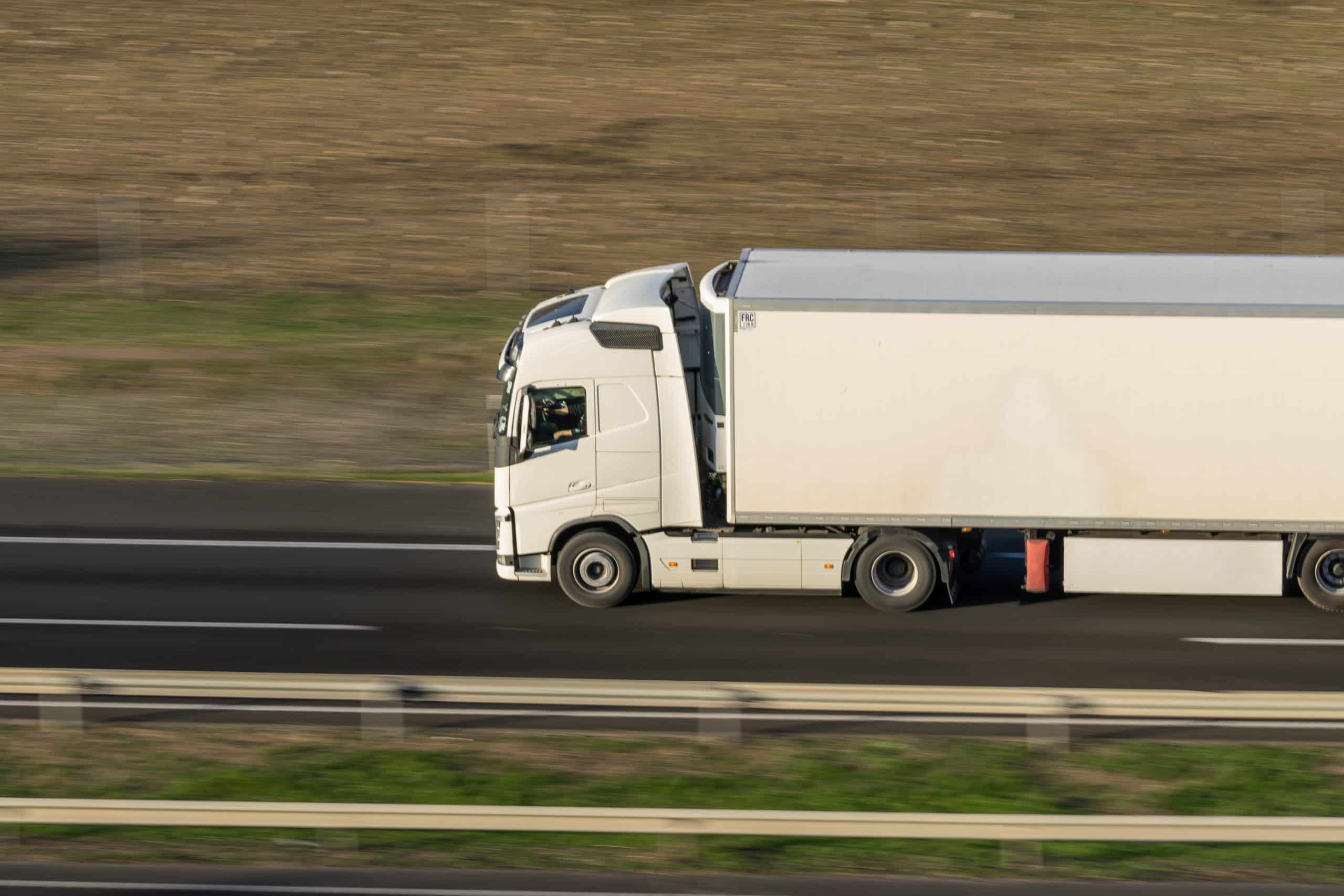What’s the Latest in Eco-Friendly Mass Transit Solutions for the UK?

As the world grapples with the escalating effects of climate change, a shift towards more sustainable modes of transport is not only welcome but necessary. A significant player in this transformation is the public transit system, which in many countries, including the UK, is undergoing a massive overhaul. This article explores the latest advancements in eco-friendly mass transit solutions, especially focusing on electric vehicles, and their implications for the future of transportation in the UK.
The Shift Towards Electric Vehicles
Electric vehicles (EVs) are slowly but surely transforming the face of public transit in the UK. As cities continue to grapple with emissions, congestion, and noise pollution, a transition to cleaner, quieter, and more efficient electric vehicles seems like the logical solution.
A lire en complément : How to Organize Effective Beach Cleanups and Protect UK’s Coastal Wildlife?
London, for instance, has become a global leader by taking drastic measures to electrify its public transportation system. In 2018, the city announced a major project to add 68 double-decker electric buses to its fleet, making it the largest electric bus service in Europe. Moreover, the city aims to have all single-deck buses running within the city centre to be zero-emission by 2024.
Switching to electric buses will not only reduce greenhouse gas emissions but also offer a range of other benefits. They are considerably quieter than their diesel counterparts, helping to reduce noise pollution in busy city centres. Moreover, electric buses are also more cost-effective in the long run due to lower maintenance and operational costs.
En parallèle : What Is the Potential for 5G Networks to Transform UK’s Telemedicine Services?
The Integration of Sustainable Energy Systems
A key factor in the success of electric public transport is the availability and integration of sustainable energy systems. Without a robust infrastructure to support the charging of these vehicles, the transition will be difficult, if not impossible.
Cities in the UK are taking innovative measures to address this issue. For example, London is piloting a project that uses energy generated from braking trains to power stations and trains running on the network. This system not only reduces the strain on the energy grid but also repurposes wasted energy.
Another promising development is the advent of solar-powered bus stops, which provide electricity for lighting, ticket machines, and real-time information displays. These small but essential steps contribute significantly to creating a sustainable public transit system.
Embracing the Future of Shared Mobility
The rise of shared mobility options, such as bike-sharing and e-scooter schemes, is another noteworthy trend in the UK’s transport sector. While these are not strictly ‘mass’ transit solutions, they complement the public transit system and play a crucial role in creating an integrated, sustainable transportation network.
Cities across the UK are increasingly implementing bike-sharing schemes, allowing people to pick up a bike from one location and drop it off at another. Not only does this encourage a healthier and more active lifestyle, it also reduces the reliance on cars, thereby helping to decrease congestion and emissions.
E-scooters have also gained popularity as a green travel option. However, they remain a contentious issue, with concerns regarding safety and regulation. Still, it is undeniable that they provide a convenient and eco-friendly alternative for short journeys, particularly the ‘last mile’ from a transit station to a person’s final destination.
The Role of Digitalisation in Public Transit
Finally, digitalisation is playing an increasingly important role in the modernisation and sustainability of the UK’s public transport system. From e-ticketing to real-time traffic information and route planning, digital technologies are making public transit more convenient, efficient, and user-friendly.
Moreover, digitalisation also plays a key role in managing and optimising the use of electric vehicles. Intelligent systems can monitor the condition and performance of the vehicles, predict maintenance needs, and optimally manage the charging of the vehicles to reduce strain on the power grid.
Conclusion
Despite the challenges, the UK is making significant strides in transitioning towards a more sustainable public transit system. The shift towards electric vehicles, the integration of sustainable energy systems, the advent of shared mobility options, and the role of digitalisation are all contributing to this transformation.
While there is still a long way to go, the progress made so far gives reason for optimism. With continued innovation, commitment, and public support, a more sustainable and eco-friendly future for public transit in the UK is within reach.
The Role of Policy and Regulation in Shaping Sustainable Transport
Policy and regulation play a crucial role in shaping the future of public transit and promoting the use of sustainable transportation modes. They set the direction and pace at which the sector moves towards more environmentally friendly solutions and can significantly influence public behaviour and choices.
In the UK, various policies and regulations have been implemented to encourage the adoption of electric vehicles and other sustainable transport modes. These range from financial incentives, such as subsidies and tax breaks for electric vehicles, to more stringent emission standards, which put pressure on automakers to develop cleaner technologies.
London’s Congestion Charge and Ultra Low Emission Zone (ULEZ) are prime examples of regulatory actions that help to reduce air pollution and promote cleaner transport. The Congestion Charge, introduced in 2003, requires drivers to pay a fee to drive in central London during peak hours, while the ULEZ, introduced in 2019, imposes additional charges on vehicles that do not meet certain emission standards.
The UK has also committed to banning the sale of new petrol and diesel cars by 2030, a move that will likely boost the demand for electric vehicles and help to reduce the transport sector’s carbon emissions significantly.
These initiatives, while not without their challenges, demonstrate a strong commitment to reducing the environmental impact of transport and transforming the UK’s public transit systems into a greener, more sustainable network.
The Potential of Green Hydrogen in Public Transit
While electric vehicles are currently leading the way in the shift towards cleaner public transportation, other technologies also hold significant potential. One of these is hydrogen fuel cells, which generate power by combining hydrogen and oxygen, producing only water as a by-product.
Green hydrogen, produced using renewable energy, could play a crucial role in decarbonising public transit, particularly for long-distance and heavy-duty vehicles that are more challenging to electrify, such as trains and buses.
In the UK, a number of trials and projects are underway to explore the potential of hydrogen-powered public transport. For instance, a fleet of hydrogen buses was launched in Aberdeen in 2020, marking the city as the pioneer of the world’s first hydrogen double-decker buses. Similarly, the UK’s first hydrogen train, known as ‘HydroFLEX’, started trials in 2020, demonstrating the potential of this technology in reducing greenhouse gas emissions from rail transport.
Although there are still significant challenges to overcome, particularly related to the sourcing and storage of hydrogen, it remains a promising solution for a more sustainable public transit system in the UK.
Conclusion
The UK’s journey towards eco-friendly mass transit is one of persistent innovation, encompassing a range of solutions from electric vehicles to hydrogen-powered trains, supported by robust policies and an increasing integration of digital technologies. It is evidence of a comprehensive approach to tackling the environmental challenges posed by traditional forms of transport.
The progress so far reflects a commitment to reducing greenhouse gas emissions and improving air quality, whilst providing efficient and convenient public transportation. As the journey continues, the lessons learned and successes achieved can serve as a model for other countries grappling with similar challenges.
The shift to more sustainable mass transit in the UK is not just about reducing the carbon footprint and environmental impact. It is equally about creating a transport system that caters to people’s needs today whilst protecting and preserving the environment for future generations. While the way forward may still be fraught with challenges and uncertainties, the commitment to sustainable transport holds the promise of a cleaner, greener, and more sustainable future.
